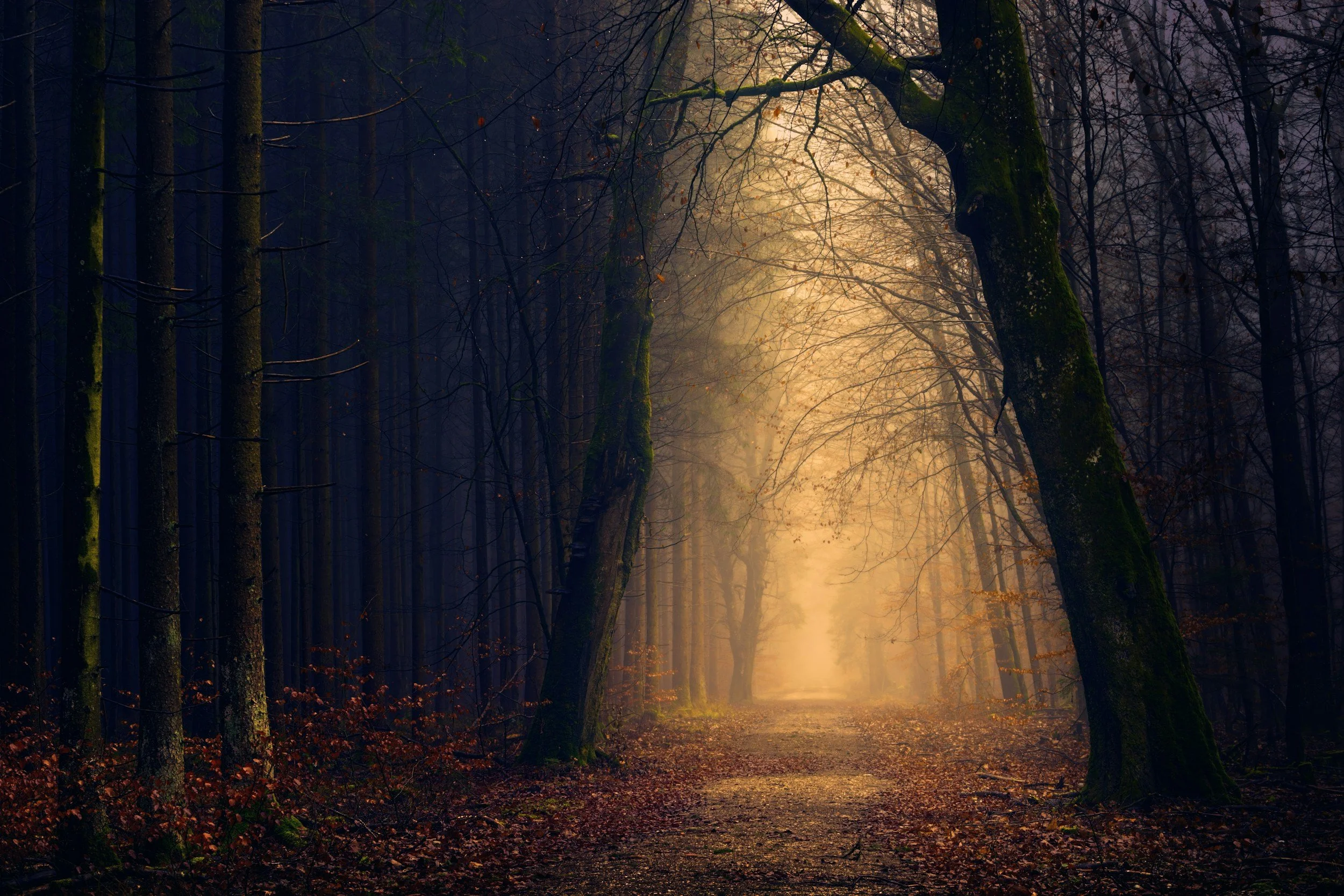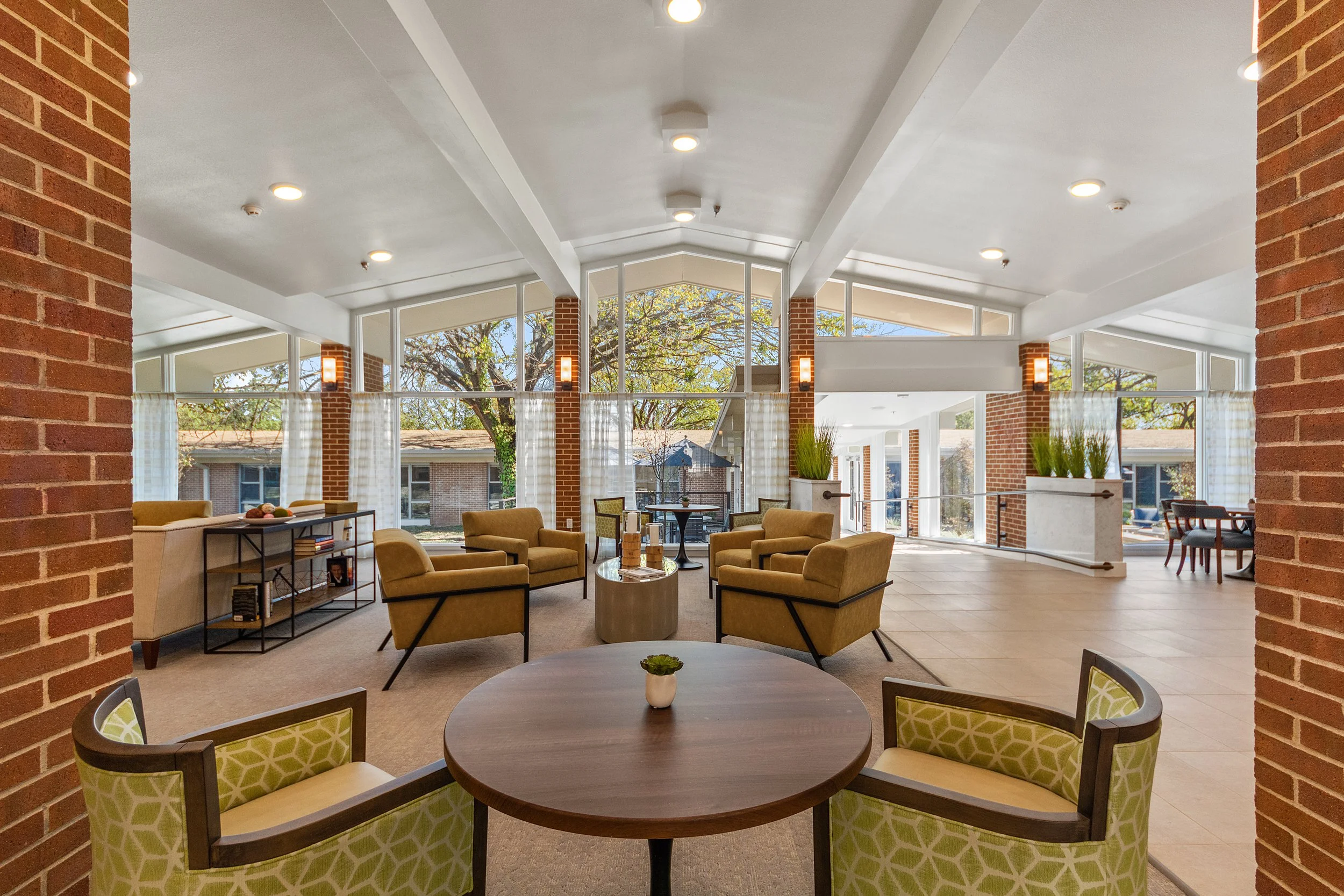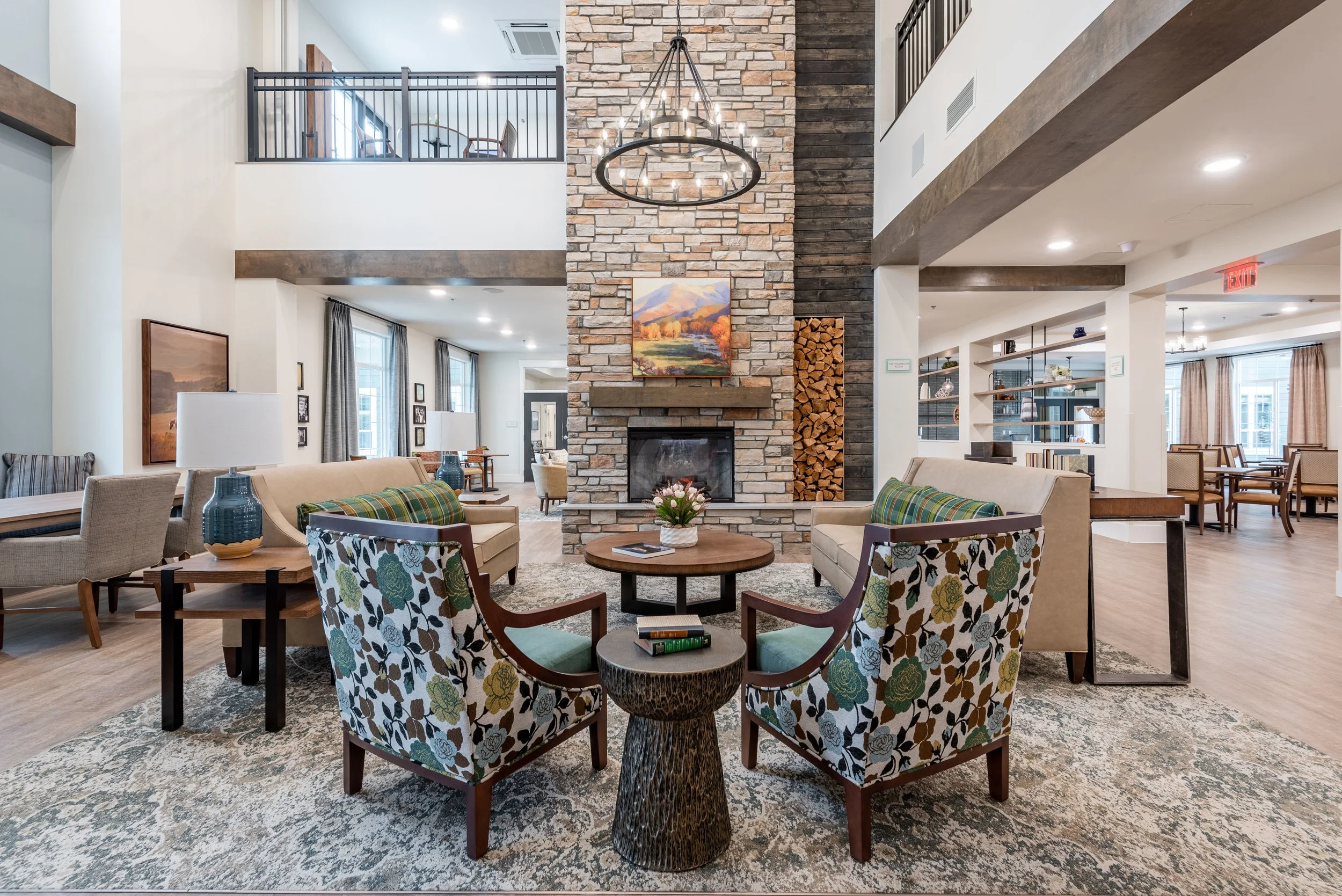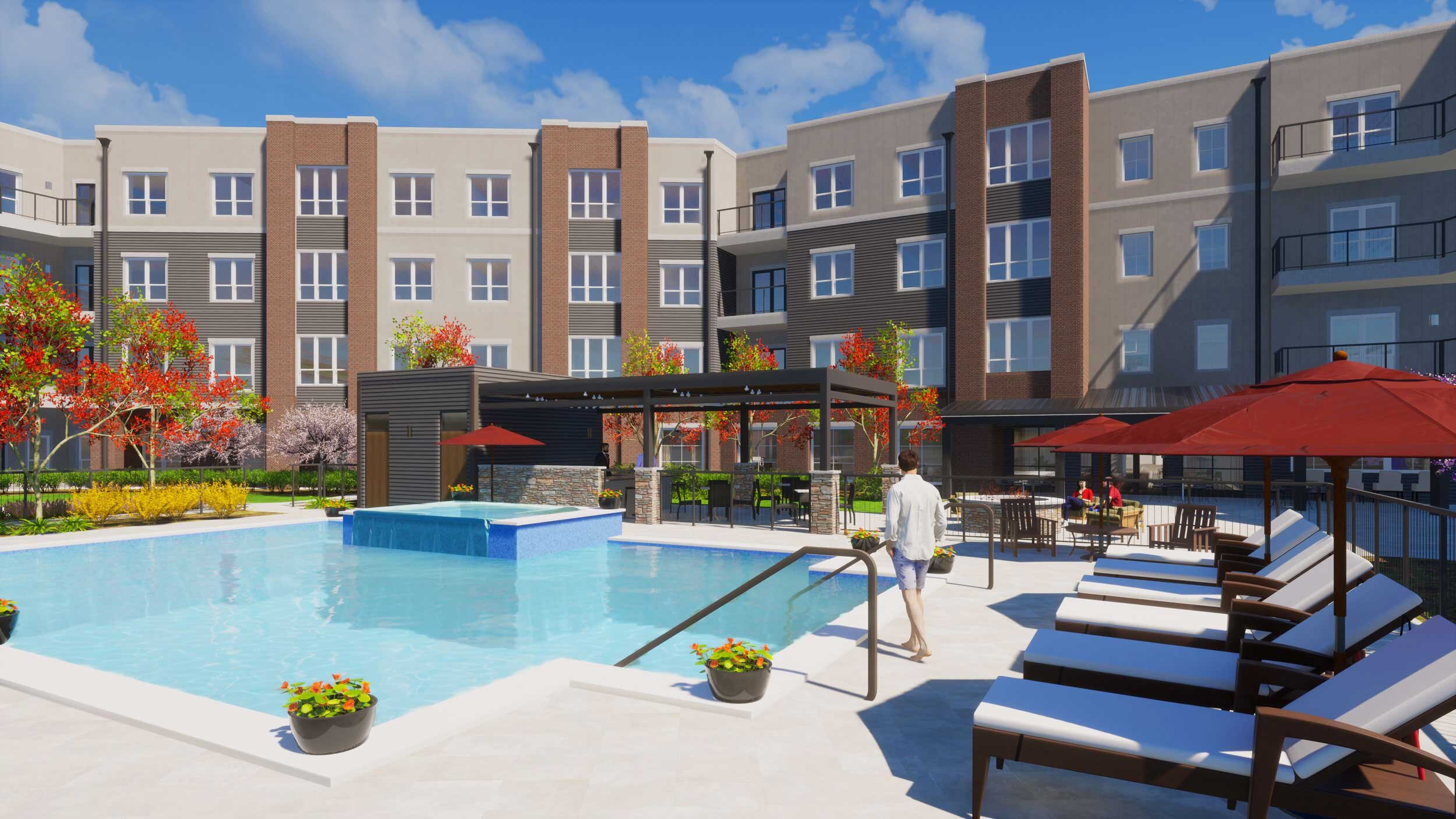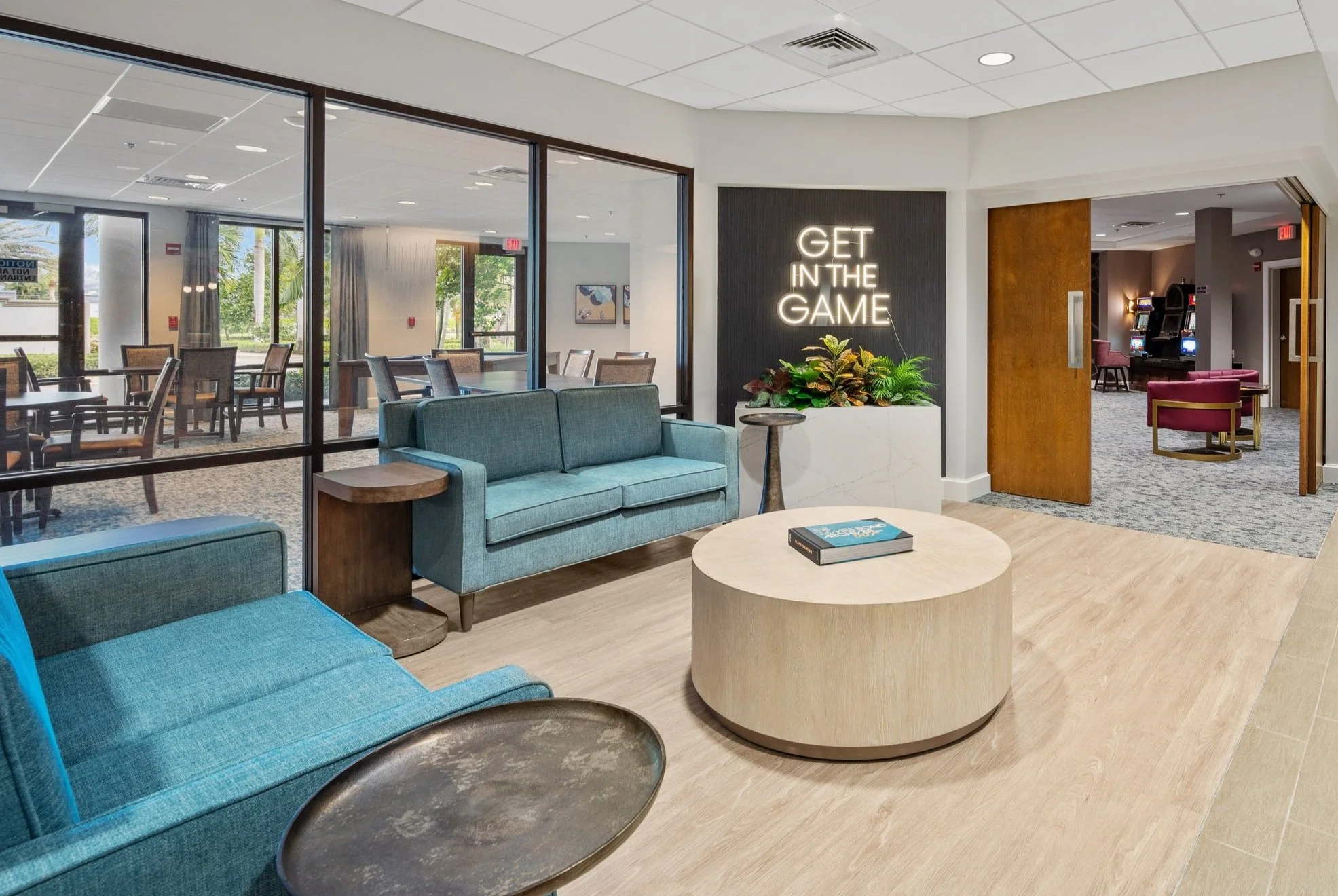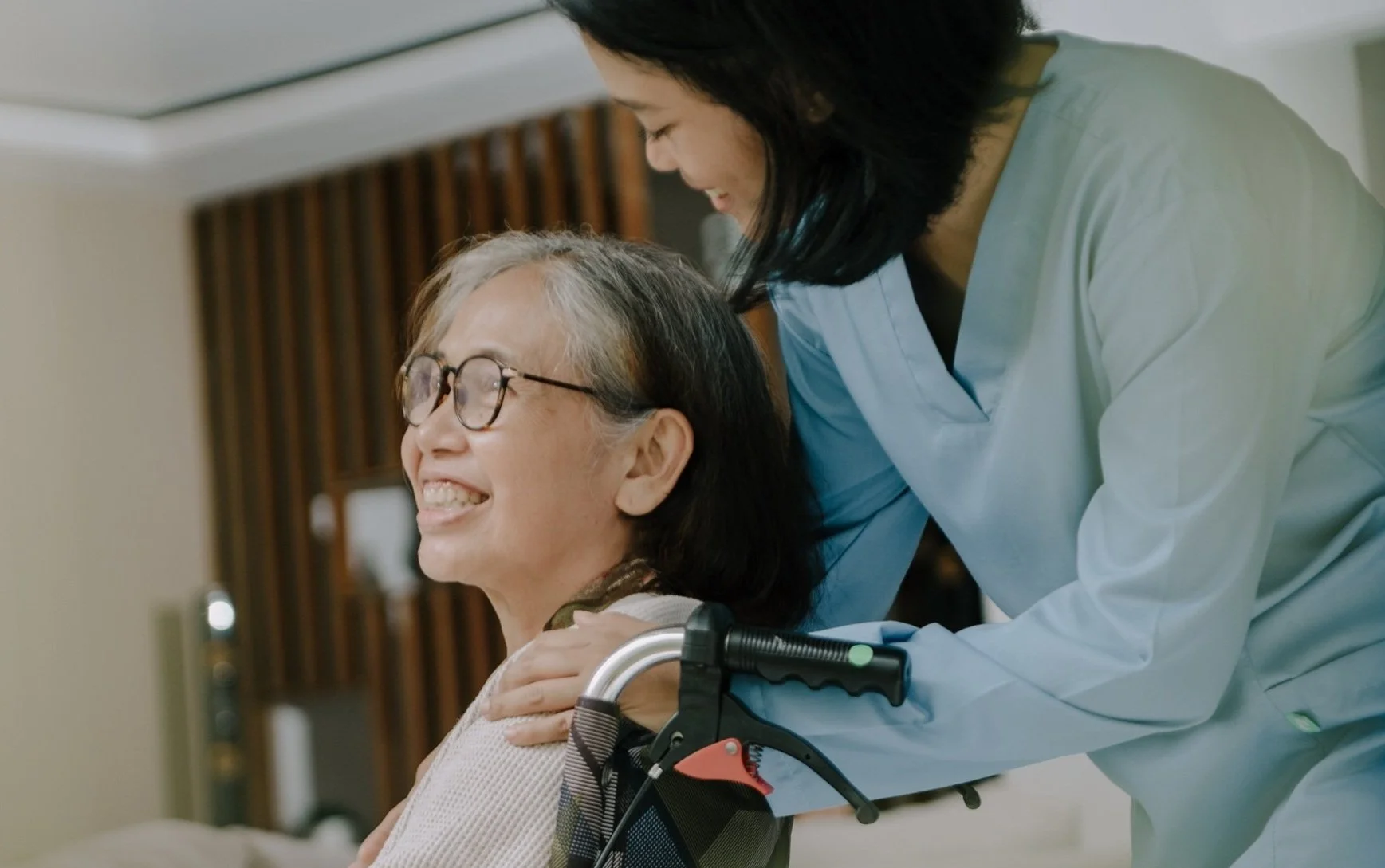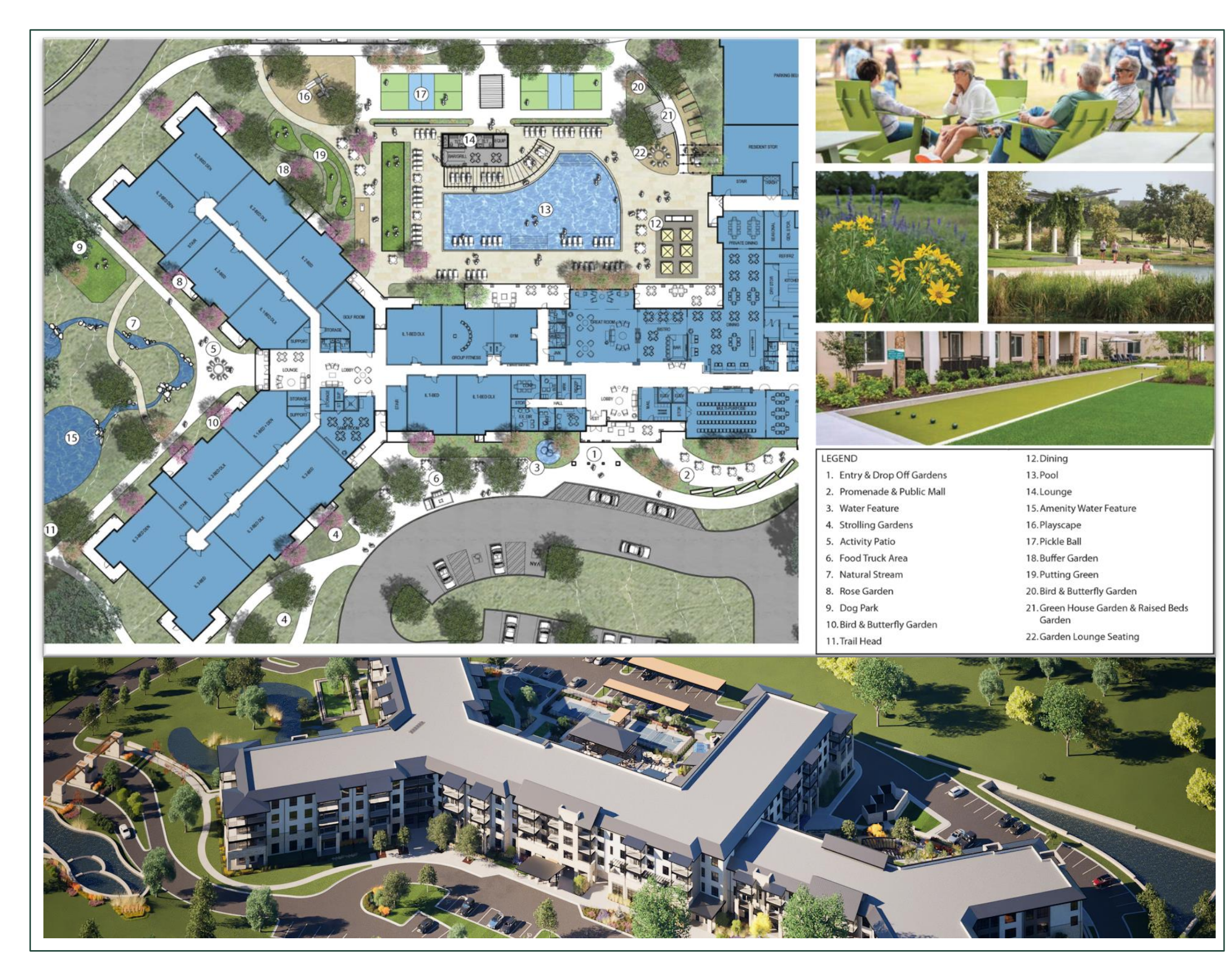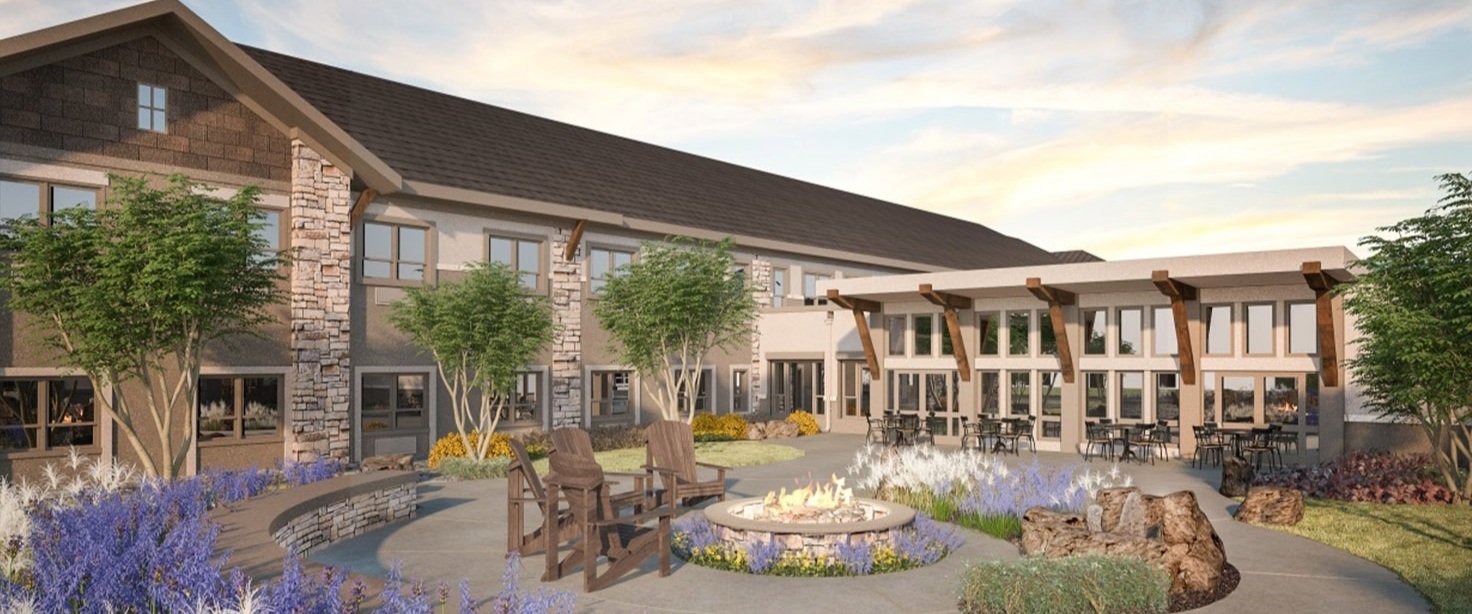Taking Design from Spooky to Spectacular
October brings Halloween and all the spooky fun that comes with it. At Pi, we are embracing the spirit of the season as we consider some “haunting” senior living design trends that stick around from generation to generation. We sat down with Jamie Shepard, interior design project manager at Pi, to discuss design trends that are here to stay:
Pull back the curtain! “Natural light is your greatest asset as a building designer and developer,” said Shepard, adding, “Where there is natural light, there is where people want to congregate because it boosts mood and makes everything inside look brighter and more cheerful.” Where natural light isn’t possible, ambient lighting can be customized to mimic the varying levels of natural light that occur throughout the day. Shepard stressed, “More light is always appreciated as our eyes age.”
It’s alive! Environments that feel alive and connected to the environment can be both energizing and calming for residents. For instance, biophilic elements such as live plants, fountains, stone fireplaces, and courtyards with lush foliage bring the beauty and life of the outdoors. Design elements such as wood grains and tones also bring a natural feel to a space. Shepard noted that gray floors, walls, and countertops have been popular in recent years, but overuse of gray can be bland and unnatural. “If you have to use gray or have gray design elements already, it may be possible to add an undercurrent of warmth or balance the gray with splashes of color,” she said.
Things are not what they seem. The marriage of functionality and aesthetics is always a welcome element, such as a pull-out drawer that hides a garbage can or a niche for a cable box. “Elements like this make the space look more thoughtful, reduce clutter, and enable a clean, organized look that is appealing for senior living residents,” said Shepard.
The walls have eyes. “The walls are where our eyes rest, so they should be clean and attractive,” said Shepard. Repainting walls with a lighter shade helps brighten the space and reflect the light back into the room. While it’s okay to have paintings, wall hangings, or other works of art as a focal point in a common room, avoid chaotic or dark pieces, and keep it simple to reduce visual clutter.
It is also important to beware of scary interior elements:
Frightening fixtures. Light fixtures such as chandeliers and wall sconces can add decorative and focal points for a space. However, it is important that they are harmonious with their surroundings. “You don’t want to grab something trendy off the shelf or just go with the cheapest option,” said Shepard. You want to avoid the ‘jump scare’ when people arrive in a room and their eyes are drawn to something that seems out of place, such as an elaborate crystal chandelier in a building that doesn’t have any other ornate trim or design elements.
24/7 haunted house. While some antiques and heirlooms can provide a vintage touch or nod to the past, it is important not to overdo it. Pieces should be chosen carefully and incorporated thoughtfully into the design--for example, historical photos and an antique railroad lantern in a facility where a rail station was an important part of the local community. At the same time, if you have dark corners or spaces, look for ways to brighten them up with color, light, and cheerful decorative items.
Time travel nightmares. Furniture, artwork, and certain colors or design elements from yesteryear can date a building and make it appear it’s stuck in the past. But you can update the community’s look without breaking the bank. For example, rotate art and design elements to give rooms a fresh look, reframe artwork with more modern features like fewer mats and less ornate frames, and use accent walls to freshen up the colors. If replacing furniture isn’t in the budget, consider replacing a few well-chosen pieces to update rooms. When purchasing new furniture, stick to more timeless styles and colors.
The truth is that not everyone will love every room in every building, but if you know your target demographics, you can design a building that attracts people who see it as their kind of happy haunting. “You want people to come into your building and feel like they belong,” said Shepard. With a thoughtful design that taps into local culture while avoiding the ‘scary’ trends, you can create a community that your residents will want to hang around for years to come.

